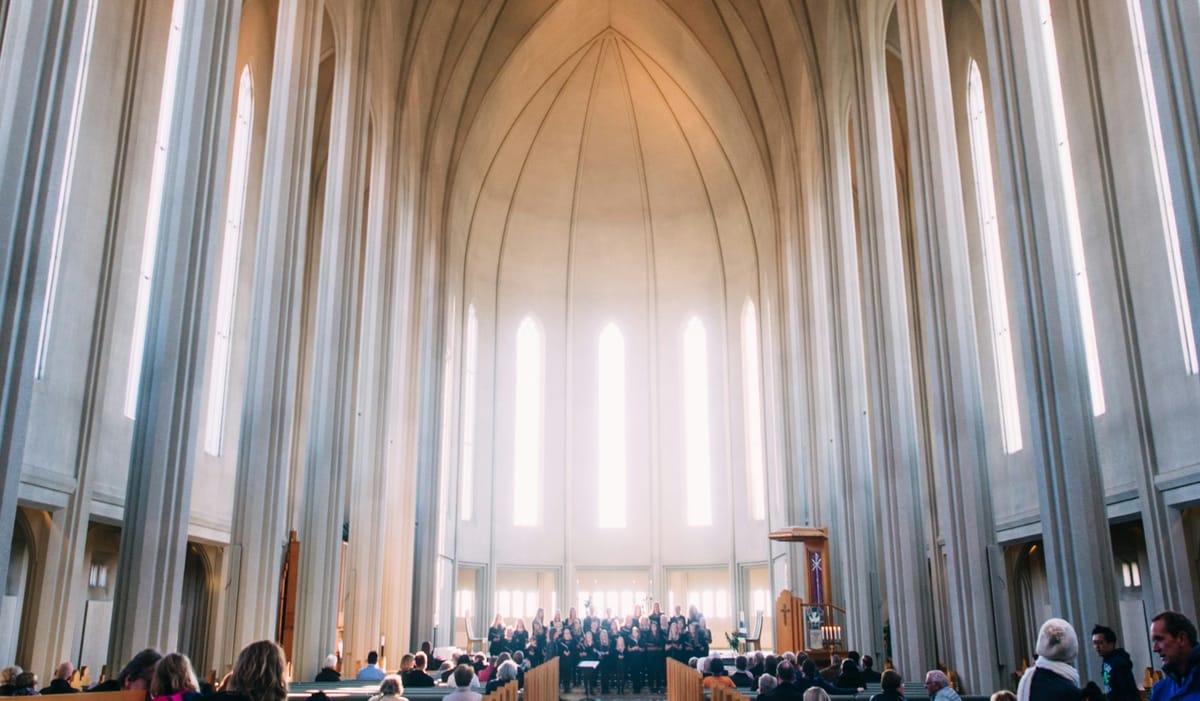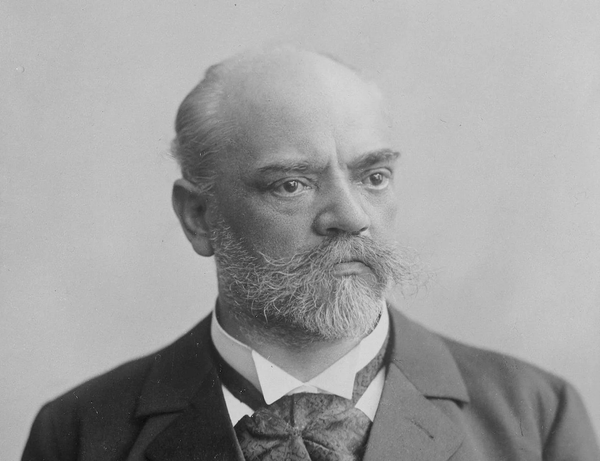Christmas in Baroque Music: A Festive Celebration of Faith and Majesty
Baroque composers like Bach, Handel, and Corelli transformed Christmas music into timeless masterpieces. Discover how their intricate harmonies and bold storytelling defined a festive season rooted in faith and grandeur.

The Baroque period (1600–1750) is often celebrated for its grandeur, emotional depth, and ornate artistry. Music during this time was a transformative force, elevating religious celebrations to theatrical and spiritual spectacles. The themes of Christmas—hope, joy, and redemption—offered Baroque composers the perfect canvas for their intricate harmonies and dramatic narratives. This festive season inspired works that continue to resonate, whether in concert halls or church services.
From Johann Sebastian Bach’s monumental Christmas Oratorio to Arcangelo Corelli’s tender Christmas Concerto, Baroque music embodies the rich and celebratory spirit of the holiday season. In this article, we will explore the unique characteristics of Baroque music, its role in Christmas celebrations, and the timeless compositions that remain a cornerstone of holiday traditions.
The Baroque Spirit of Christmas
The Baroque era was marked by an artistic philosophy that sought to evoke strong emotions and engage the senses. In music, this translated into dramatic contrasts, elaborate ornamentation, and a deep connection between text and melody. Christmas, with its dual themes of solemnity (Advent) and joy (the Nativity), provided fertile ground for this expressive style.
Religious institutions and royal patrons often commissioned Christmas music for special occasions, resulting in compositions that combined spiritual devotion with theatrical grandeur. Whether performed in a cathedral or a royal court, Baroque Christmas music was designed to inspire awe and elevate the listener’s connection to the divine.
Key features of Baroque Christmas music include:
- Theatricality: Bold contrasts in dynamics, texture, and mood mirrored the dramatic narrative of the Nativity.
- Ornamentation: Flourishes in melody and harmony reflected the celebratory nature of the season.
- Symbolism: Musical techniques like descending lines for “humility” or rising figures for “hope” conveyed spiritual themes.
Iconic Baroque Christmas Works
The Baroque period produced a wealth of Christmas-themed music, each piece reflecting the composer’s unique style and cultural context.
1. Corelli’s Concerto Grosso in G Minor, Op. 6, No. 8 (“Christmas Concerto”)
Arcangelo Corelli’s Christmas Concerto, composed around 1690, is a quintessential example of Baroque festive music. Subtitled Fatto per la notte di Natale (Made for Christmas Night), it is a masterful blend of elegance and emotional depth.
The concerto grosso format, where a small group of soloists interacts with a larger ensemble, allows for dynamic contrasts that evoke the contrasts of the Christmas story—from the humble shepherds to the glory of Christ’s birth.
- Pastorale Movement: The final movement, marked by lilting rhythms and gentle harmonies, captures the pastoral serenity of shepherds watching over their flocks. This pastorale style, characterized by a drone bass and flowing melodies, became a hallmark of Christmas music.
Corelli’s Christmas Concerto is often performed in candlelit churches and concert halls, its timeless beauty evoking the quiet wonder of Christmas Eve.
2. Bach’s Christmas Oratorio (BWV 248)
Johann Sebastian Bach’s Christmas Oratorio stands as one of the grandest musical tributes to the Nativity. Composed in 1734, it consists of six cantatas intended for performance on different days of the Christmas liturgical calendar, from Christmas Day to Epiphany.
- Structure and Themes:
Each cantata focuses on a different aspect of the Nativity story, from the annunciation to the shepherds’ adoration. Bach’s mastery of counterpoint and chorale harmonization shines through, creating a tapestry of musical devotion.
- Notable Movements:
- The opening chorus, Jauchzet, frohlocket! (Rejoice, exult!), bursts forth with jubilant trumpets and timpani, encapsulating the joy of Christ’s birth.
- The tender alto aria Schlafe, mein Liebster (Sleep, my beloved) reflects the quiet reverence of the Nativity scene.
The Christmas Oratorio remains a cornerstone of holiday concerts, offering both grandeur and intimacy in its depiction of the Christmas story.
3. Handel’s Messiah (Selected Christmas Sections)
Though George Frideric Handel’s Messiah is most closely associated with Easter, its opening sections, which focus on the prophecy and birth of Christ, have become a Christmas tradition. First performed in 1742, this English-language oratorio blends sacred text with Baroque musical drama.
- The Pastoral Symphony: This short instrumental interlude, also known as the Pifa, evokes the pastoral imagery of shepherds in the fields. Its gentle melodies and lilting rhythms create a sense of peaceful anticipation.
- For Unto Us a Child Is Born: This chorus, with its exuberant repetition and cascading phrases, celebrates the joy and hope of Christ’s birth.
Handel’s Messiah is now a holiday staple, with performances ranging from intimate chamber renditions to grand, full-orchestra productions.
4. Charpentier’s Messe de Minuit pour Noël
Marc-Antoine Charpentier’s Midnight Mass for Christmas (1694) is a delightful fusion of sacred and secular traditions. Drawing on popular French noëls (folk carols), Charpentier weaves these melodies into the structure of a traditional Mass.
- A Unique Blend: The incorporation of lively carol tunes into a solemn liturgical framework creates a festive yet reverent atmosphere.
- Notable Features: The joyful interplay between soloists, choir, and orchestra reflects the communal spirit of Christmas.
Charpentier’s work offers a glimpse into the uniquely French Baroque approach to Christmas music, combining elegance with popular appeal.
The Role of Instruments in Baroque Christmas Music
Baroque composers utilized a variety of instruments to evoke the festive and pastoral qualities of Christmas.
- Strings: Violins and cellos often carried the melodic lines, their expressive range mirroring the emotional depth of the music.
- Organs and Harpsichords: These keyboard instruments provided harmonic richness and dramatic contrast, especially in sacred settings.
- Trumpets and Timpani: Used sparingly but effectively, these instruments symbolized majesty and divine glory, as heard in Bach’s and Handel’s works.
- Recorders and Oboes: Their sweet, mellow tones often depicted the pastoral scenes of shepherds.
Baroque Christmas Traditions
Music was an integral part of Christmas celebrations during the Baroque period, both in churches and in royal courts.
- Sacred Services: In Protestant Germany, the tradition of performing cantatas and oratorios during Advent and Christmas brought the biblical narrative to life.
- Royal Patronage: In Catholic countries like France and Italy, composers were often commissioned to create grand Christmas works for royal festivities.
- Community Singing: The inclusion of familiar carol melodies, as seen in Charpentier’s Messe de Minuit, reflected the communal joy of the season.
These traditions ensured that music was not just a passive listening experience but a participatory celebration of faith and festivity.
Experiencing Baroque Christmas Music Today
Modern performances of Baroque Christmas music often strive for historical authenticity, using period instruments and techniques to recreate the sounds of the 17th and 18th centuries.
Recommended recordings:
- Corelli’s Christmas Concerto – Performed by the Academy of Ancient Music, conducted by Christopher Hogwood.
- Bach’s Christmas Oratorio – Performed by the Monteverdi Choir and English Baroque Soloists, conducted by John Eliot Gardiner.
- Handel’s Messiah – Performed by The Sixteen, conducted by Harry Christophers.
Live performances, whether in grand concert halls or intimate churches, offer an unparalleled way to connect with this timeless music.





